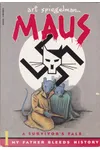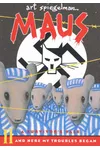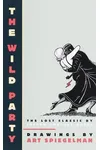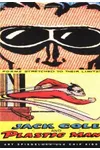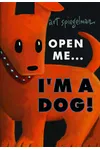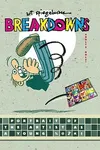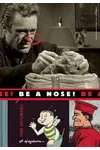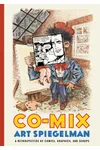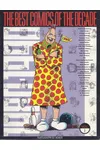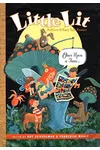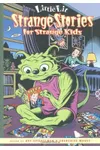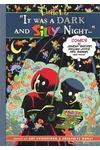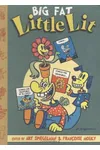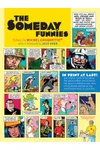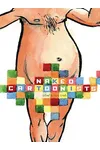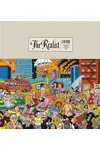Picture an American cartoonist who turned comics into a literary powerhouse with a tale of mice and cats—meet Art Spiegelman! Born in 1948, Spiegelman revolutionized graphic storytelling with his Pulitzer Prize-winning Maus, a Holocaust narrative that blends raw emotion with anthropomorphic brilliance. His work dances between underground comix, political satire, and children’s tales, making him a titan of visual narrative.
The Making of Art Spiegelman
Art Spiegelman was born in Stockholm, Sweden, to Polish-Jewish Holocaust survivors, moving to Queens, New York, as a child. His parents’ harrowing experiences shaped his worldview, fueling his art’s emotional depth. As a teen, he dove into the 1960s underground comix scene, drawing for fanzines and honing a rebellious, boundary-pushing style. After studying at Harpur College, he worked at Topps Chewing Gum, creating quirky trading cards like Wacky Packages, which sharpened his knack for satire.
Art Spiegelman’s Unforgettable Stories
Spiegelman’s masterpiece, Maus (1980–1991), redefined comics. This two-volume graphic novel portrays Jews as mice and Nazis as cats, recounting his father’s Holocaust survival with unflinching honesty. Its blend of personal memoir and historical tragedy earned a Pulitzer Prize, proving comics could tackle profound themes. His earlier work, Breakdowns (1978), showcased experimental comix, exploring memory and trauma through fragmented visuals. Spiegelman also co-edited Raw, an avant-garde comics magazine, nurturing talents like Chris Ware. His post-9/11 work, In the Shadow of No Towers (2004), uses bold, chaotic panels to process national trauma, while his children’s book Open Me... I’m a Dog! (1997) reveals a playful side.
Spiegelman’s style is raw yet meticulous, blending stark linework with layered storytelling. He tackles heavy themes—trauma, identity, history—with wit and humanity, making the unbearable accessible. His comics demand active readership, rewarding those who linger on each panel’s nuances.
Why Art Spiegelman Matters
Spiegelman elevated comics from pulp to high art, paving the way for graphic novels as serious literature. Maus is taught in schools, inspiring readers to confront history’s darkest chapters through a fresh lens. His fearless experimentation—whether in underground comix or mainstream publishing—encourages artists to break rules and tell bold stories. Spiegelman’s legacy is a world where comics are celebrated as a medium for truth, memory, and imagination.
- Born: February 15, 1948, in Stockholm, Sweden
- Key Works: Maus, Breakdowns, In the Shadow of No Towers
- Awards: Pulitzer Prize (1992), Eisner Awards, Guggenheim Fellowship
About Art Spiegelman
Ready to explore a storytelling genius? Grab Maus and dive into Art Spiegelman’s world of heart-wrenching, boundary-breaking comics!
